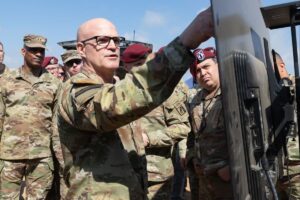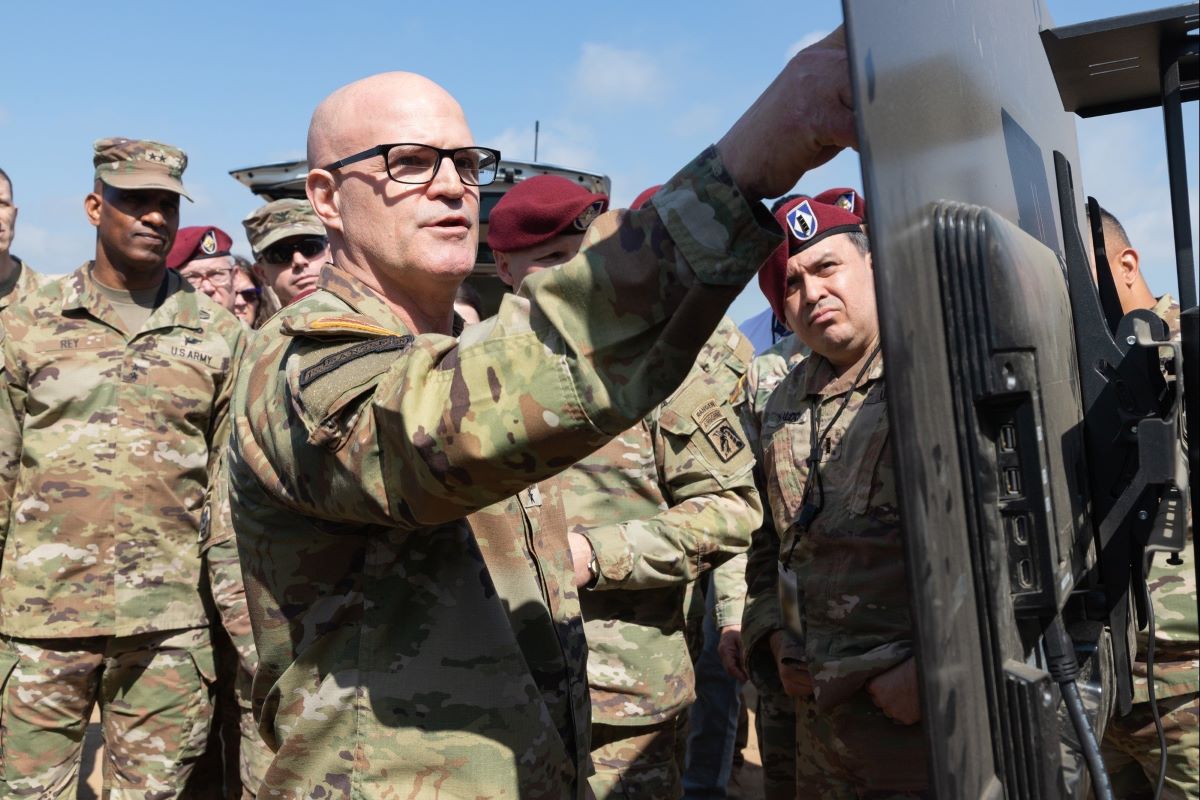As the Army seeks new flexible funding authority for capabilities such as drones and electronic warfare, a senior Army official said Tuesday the strategy should eventually cover all technology that advances faster than the standard budget cycle.
Gen. James Mingus, the Army vice chief of staff, cited the push for budget line item consolidation as a “big component” of the ability to more rapidly adopt emerging technology and capability upgrades.

“Between how we write our requirements [and] how we do our budget, all those things prevent us from being able to keep up with technology. And so, as I’ve been on the Hill, the way I’ve described it is anything in the technology space that is [improving] faster than our traditional budget cycle has to be built into this flexible funding strategy,” Mingus said during an Association of the U.S. Army event.
“The speed in which we want to move in the EW, counter-UAS, UAS, robotics autonomy [and] full autonomy [space], that absolutely has to keep pace with the rate at which you are going. And you, the industry folks that are in the room here, are actually moving faster than we will. And you will always move faster,” Mingus added.
Lt. Gen. Karl Gingrich, deputy chief of staff G-8, said last month the Army views its initial effort to gain flexible funding authority for drones, C-UAS and EW as a “pilot program” it could look to expand upon if there’s success with the effort (Defense Daily, March 19).
Mingus added that securing support for the ability to flexibly move funding around those capability areas rather than rigid budget line items will allow the Army procure the most promising technology in a given category being locked into one type of system tied to a specific budget line.
“Each of those elements probably has 15 to 20 individual budget lines associated with each [type] of equipment. What we want to do is compress that down into a single line of accounting when we get that money back from Congress,” Mingus said.
Following passage of the full-year continuing resolution, congressional appropriators provided Pentagon leadership with a plan for how they would like fiscal year 2025 defense funds spent under the stopgap funding measure, which included granting the Army flexibility for C-UAS spending (Defense Daily, March 20).
Mingus also addressed potential industry concerns related to funding predictability as it relates to seeking a more flexible funding approach.
“I know you want predictability. You like that single [budget] line that goes for 10, 20, 30 years so you can count on that [funding] stream that’s out there. What I would challenge is that funding stream is still going to be there,” Mingus said.“That money is going to be there every single year. We want you to come forward with the best that you absolutely can have and everybody’s going to have the ability to compete in that space. And what that does is make everyone in this room just a little bit better and we benefit from it and, most importantly, our soldiers on the modern battlefield will benefit from the competition that’s going to ensue as a result.”
